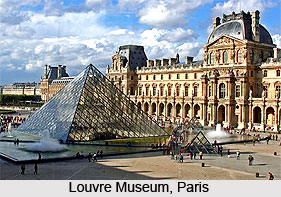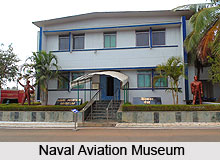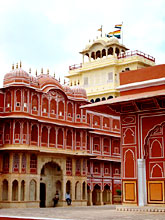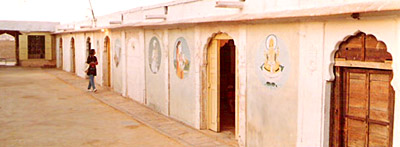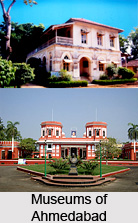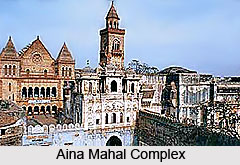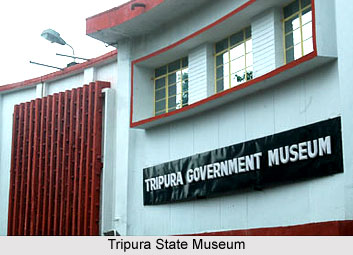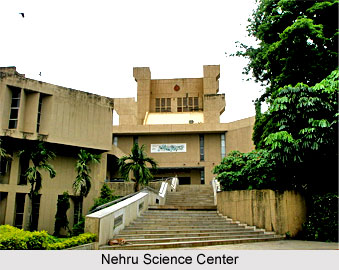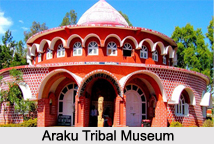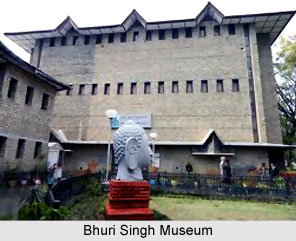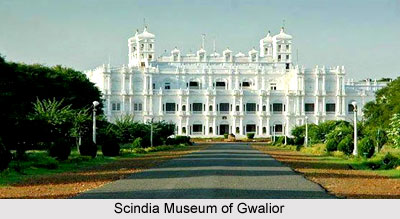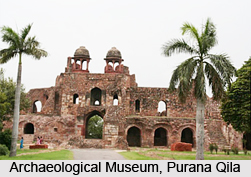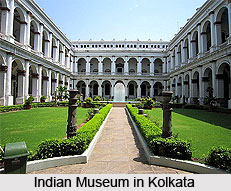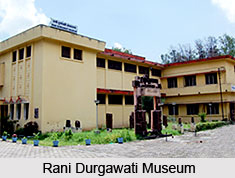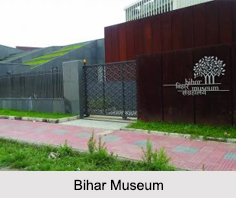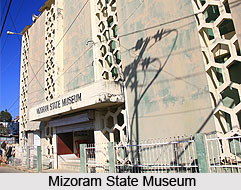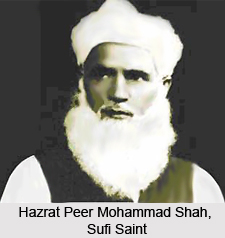 Hazrat Peer Mohammad Shah Library is one of the most notable libraries which is located in Ahmedabad, particularly on Pir Muhammad Shah Road near Pankore, Naka in the western Indian state of Gujarat. Since the last 15 years, this library is being supervised by Professor Mohidduin Bombaywala, a renowned writer. The Hazrat Peer Mohammad Shah Library is said to be amongst the most ancient Indian libraries which boasts of various manuscripts in Turkish, Arabic, Sindhi, Urdu and Persian languages. This library is existent beside the tomb complex of Peer Mohammad Shah who had shifted to the region of Ahmedabad during 1711 though he was born in the year 1688 in Bijapur. Peer Mohammad Shah had died in 1749.
Hazrat Peer Mohammad Shah Library is one of the most notable libraries which is located in Ahmedabad, particularly on Pir Muhammad Shah Road near Pankore, Naka in the western Indian state of Gujarat. Since the last 15 years, this library is being supervised by Professor Mohidduin Bombaywala, a renowned writer. The Hazrat Peer Mohammad Shah Library is said to be amongst the most ancient Indian libraries which boasts of various manuscripts in Turkish, Arabic, Sindhi, Urdu and Persian languages. This library is existent beside the tomb complex of Peer Mohammad Shah who had shifted to the region of Ahmedabad during 1711 though he was born in the year 1688 in Bijapur. Peer Mohammad Shah had died in 1749.
History of Hazrat Peer Mohammad Shah Library
Peer Mohammad Shah was a revered Sufi saint who was held in high esteem by his disciples and he was a Hussaini Sayyed. He lived during the regime of the Mughal emperor Aurangzeb. The young Mohammad Shah lost his father even before his birth and was trained in the field of practical Sufism by his uncle named Abd-ur-Rehman. He was also taught the different aspects of religious principles. This Sufi saint was fond of learning and owned outstanding memory powers. A large quantity of books of spiritual significance and academic value, apart from ancient manuscripts were collected and preserved by Hazrat Peer Mohammad Shah and his `murids`.
Presently, all these books have been placed inside the library or `qutubkhana`. Being a learned poet himself, Peer Mohammad Shah used to compose poetry in Dakhani and Persian languages and `Nur ush-Shuyukh` is believed to be one of his most famous poems. The Hazrat Peer Mohammad Shah Library is amongst the oldest historical site which is thronged by innumerable tourists who also pay visit to the dargah here. The Peer Mohammad Trust supports and finances Muslim students in their education starting from primary levels right until graduation.
There exists over 2000 old manuscripts in this library along with numerable other documents, periodicals, journals and much more. Readers will also observe certain Persian manuscripts embedded with seals in this library.
